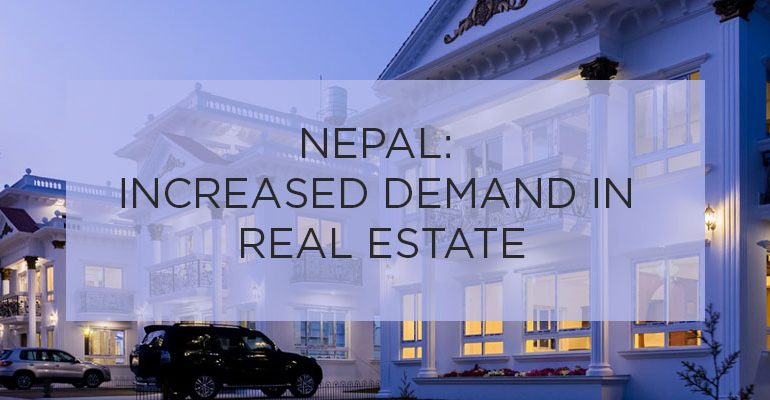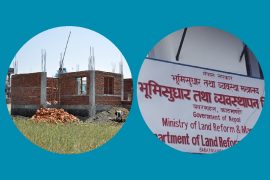Demand for single housing in Kathmandu real estate recorded a rapid growth in 2016.The demand rose by 200 percent after the 2015 earthquake experienced in the country. This was despite the various challenges faced by real estate developers in 2015 after the massive earthquake.
The government had then banned the construction of new units in the country due to the earthquake. Additionally, confusion and blockade in housing policies made it difficult for the industry to experience any growth. However, the move to clarify housing policies coupled with a growing economy in the country saw increased growth in the housing industry. Interested buyers also gained confidence in the industry.
Business advisor at Civil Homes, Mr. Ratna Sthapit indicated that their new housing projects in Dhapakhel, Sitapaila, Sunakothi, and Godawari areas had been well received in the market. In 2016, the price of land and housing facilities had increased as a result of the growing demand. Land prices increased by 40% to 50% on average while housing units increased by 20% to 30% in price per average. The cost of construction also increased due to the increased expense of construction materials.
However, there was a difficulty in the introduction of new housing projects due to the complexity of provisions in acquiring new land. In2016, the 60 ropanis ceiling of buying new land was not clear whether it was for a company or a single project. The chairman of CE Construction was quoted saying that they had increased the cost of construction from RS 4500 to RS 5000 per square foot. Mr. Bijay Rajbhandary explained that the cost increase was due to the increased price of construction materials.
At the time, the Nepal Rastra Bank also took corrective measures to decrease the commercial real estate lending limit by 10 percent. The new monetary policy was introduced whereby NRB limited the collateral loan value to 50% from the earlier 60%. This was a clear indication of rising growth in the housing industry of Nepal.
The cost of acquiring an apartment in Nepal was valued at RS 3 million while an individual house cost around RS 10 million in 2016. As such, apartment housing projects seemed to have the potential for higher growth than own dwellings.







